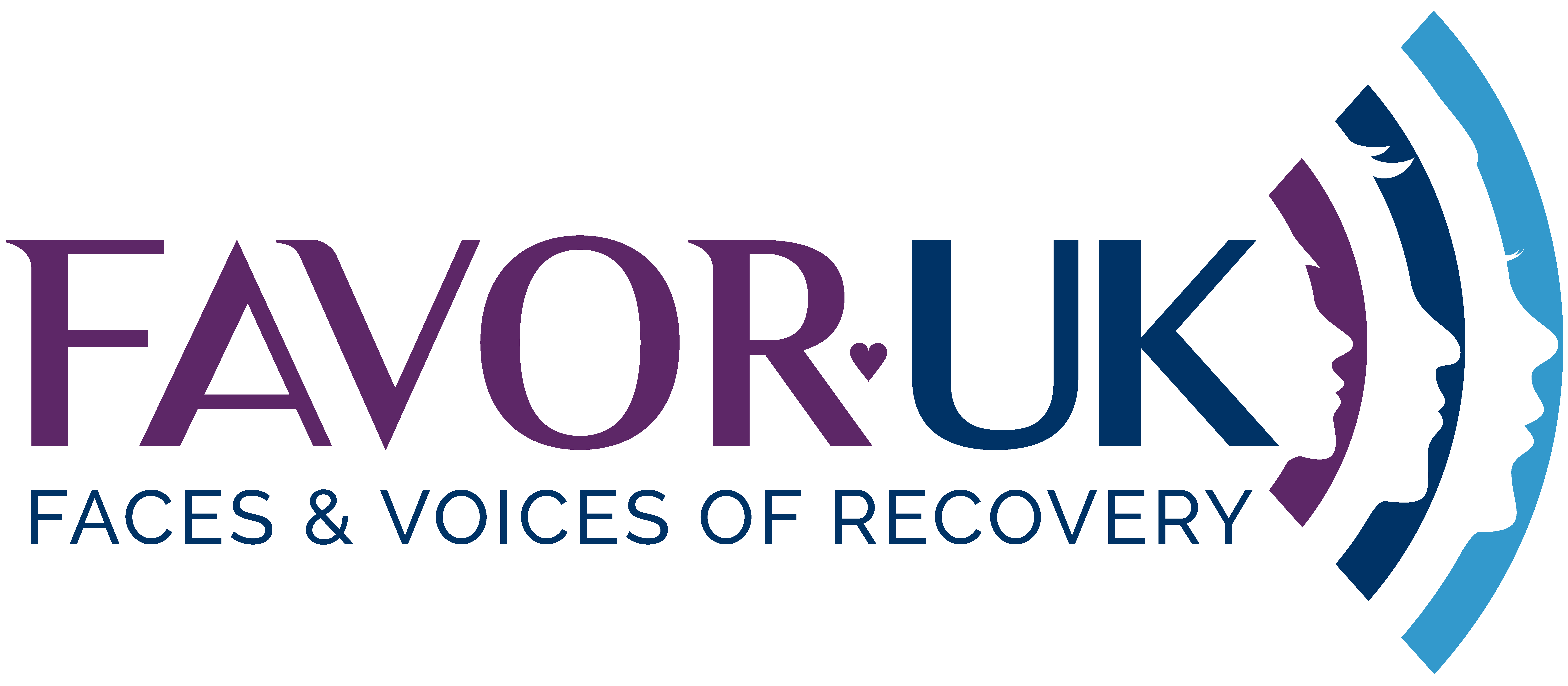Shocking Drug Report: Lives Hang in the Balance as Promised Progress Falls Short !!!.
There were two significant reports released by @scotGov just before Christmas. The first report, linked below, aims to assess the national progress in their mission to save lives. However, by its own admission, it states:
“Taken together, these data cannot provide a definitive answer on whether fewer people have developed problem drug use since the start of the National Mission. The work by PHS and the University of Bristol to estimate the prevalence of regular drug use, and future iterations of the Health and Wellbeing Census, will be valuable developments in informing an understanding of problem drug use in Scotland.”
The second report, which I will address separately later, is so flawed & tragically comical that it compelled me to write a response report.
For now, my focus is on the first report. In my view, the limitations and shortcomings of this report are not just disappointing but border on gross incompetence. The inability to definitively assess the impact of the National Mission on problematic drug use raises serious concerns about the effectiveness of the current strategies and the need for more robust and reliable methods of evaluation.
You can access it here
Analysing the text provided from the “National Mission on Drugs: Annual Monitoring Report 2022-2023,” several aspects stand out for critique:
- Definitive Conclusions and Data Limitations: The report acknowledges its inability to provide definitive answers about the development of problem drug use since the start of the National Mission. This suggests a limitation in the current data collection and analysis methodologies. The reliance on future data developments, such as the work by Public Health Scotland and the University of Bristol, indicates existing gaps in the current data set.
- Variability in Drug-Related Metrics: The report indicates fluctuations in drug-related statistics, such as drug supply crimes and drug seizures, which can be difficult to interpret. These fluctuations could be influenced by various external factors (like COVID-19 pandemic measures), making it challenging to ascertain clear trends or the effectiveness of the National Mission’s strategies.
- Complexity in Measuring Quality of Life Improvements: The report faces challenges in quantitatively measuring improvements in the quality of life for those affected by drugs, especially in addressing multiple disadvantages. This complexity suggests a need for more nuanced and comprehensive approaches to capture the broad spectrum of individual experiences and outcomes.
- Geographic and Demographic Disparities: The report highlights significant disparities in drug-related mortality and hospital stays, concentrated in the most deprived areas. This raises questions about the equitable distribution and effectiveness of intervention strategies across different regions and communities.
- Advancements in Treatment and Recovery Services: The report acknowledges consistent access to treatment and recovery services, a point we strongly contest. It highlights a lack of significant improvement in the quality of these services since the initiation of the National Mission. This observation is critical and underscores the necessity for enhanced focus on elevating the standards of care, along with improving access and diversifying the options available in these services
- Support for Affected Families and Communities: The report indicates progress in supporting affected families and communities but suggests that further work is needed, particularly in gathering experiential data. This highlights a potential gap in understanding the real-life impacts of policies and interventions on these groups.
- Feedback and User Engagement: The report’s call for feedback to improve its relevance and utility signals a commendable willingness to adapt and evolve based on user experiences and expert insights. This open approach highlights the importance of continuous dialogue and the refinement of strategies. However, our criticism lies in the fact that the feedback mechanism is predominantly facilitated by government-sponsored organisations. This leads to a scenario where voices are be restrained, and as a result, the feedback received is framed, skewed & limited in scope. It’s crucial to ensure a diverse and unbiased feedback loop for genuinely effective and inclusive improvements
Overall, the report ostensibly demonstrates a commitment to addressing drug-related issues in Scotland. It highlights, in a seemingly positive manner, the ongoing efforts in this domain. However, it also uncovers numerous areas that necessitate further development, more in-depth analysis, and the implementation of stronger data collection methodologies. One thing we know for sure though is that the deaths keep going up. My reference to “virtue signaling” stems from the observed discrepancy between stated intentions and actual outcomes. Despite this professed dedication, critical funding for essential services is being withdrawn, and the majority of resources continue to be allocated to services that repeatedly fall short of their objectives. This gap between proclaimed commitments and practical actions calls for a critical examination and a more effective allocation of resources and effort.
Another year, another report, another call for more research and more reports meanwhile – You keep talking we keep dying.

